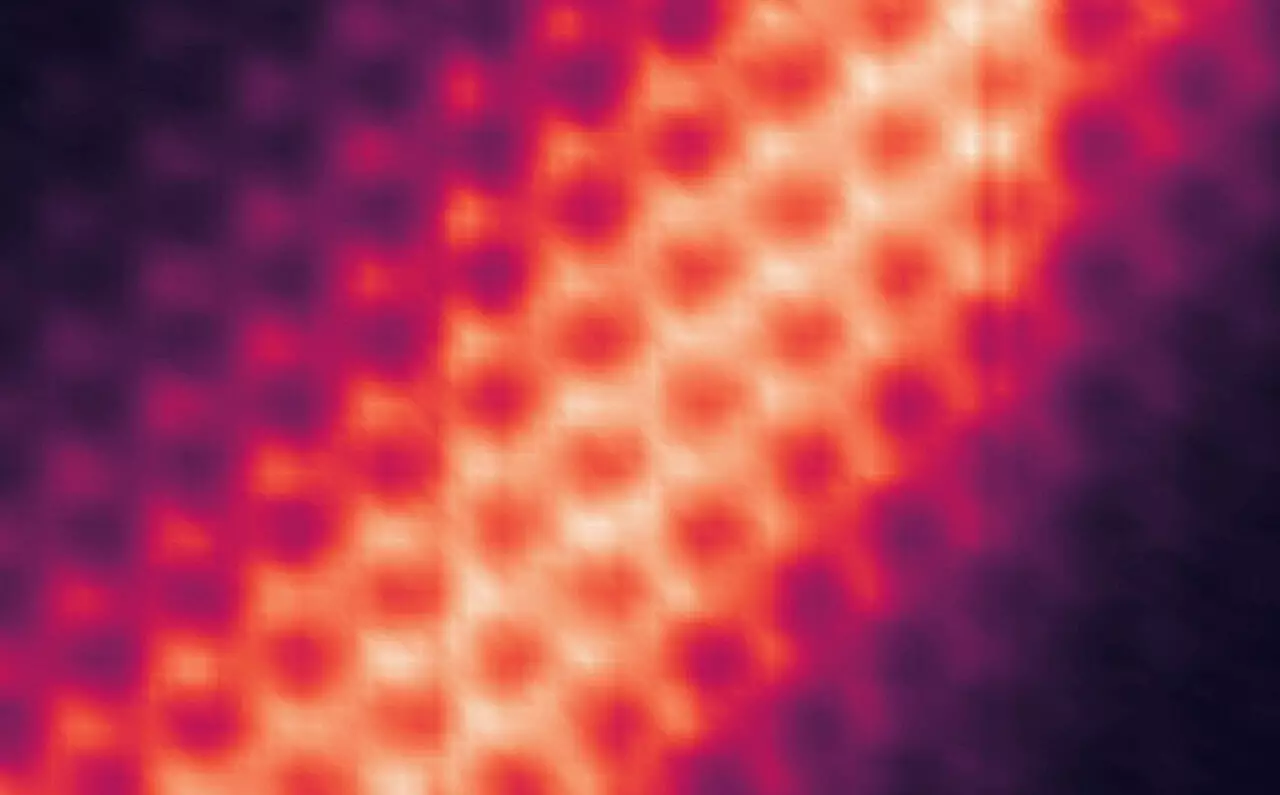A recent breakthrough in quantum research led by Lawrence Berkeley National Laboratory has opened up new avenues for advancing quantum computing and energy-efficient electronics. The discovery of chiral interface states, which are conducting channels that allow electrons to flow in only one direction, has the potential to revolutionize the field of quantum information systems. These resistance-free channels could significantly reduce energy wastage caused by electrical resistance, making them a crucial component of future electronic devices.
The international research team, in collaboration with UC Berkeley, successfully captured atomic-resolution images of the chiral interface state for the first time. This groundbreaking achievement provides researchers with a visual representation of these elusive 1D states at the atomic scale, shedding light on their spatial characteristics and potential manipulation. The ability to visualize and control chiral interface states marks a significant milestone in the quest to harness exotic quantum phenomena for practical applications.
To create and observe chiral interface states, the research team utilized a device called twisted monolayer-bilayer graphene, a unique structure that exhibits the quantum anomalous Hall effect. By using a scanning tunneling microscope (STM), the researchers were able to detect and visualize the wavefunction of the chiral interface state in the sample. Moreover, they demonstrated the manipulation of these conducting channels by modulating the voltage on a gate electrode beneath the graphene layers. This level of control allowed them to “write,” erase, and rewrite chiral interface states at will, showcasing the potential for future applications in quantum computing and microelectronics.
The findings from this research have significant implications for the development of energy-efficient electronics and quantum computing technologies. The ability to create tunable networks of electron channels with minimal resistance could pave the way for next-generation microelectronics and low-power magnetic memory devices. Furthermore, the discovery of chiral interface states opens up possibilities for utilizing exotic electron behaviors in quantum anomalous Hall insulators for quantum computation. By studying more exotic physics in related materials, such as anyons, researchers hope to unlock new pathways for quantum information processing.
The research led by Lawrence Berkeley National Laboratory represents a major step forward in the field of quantum phenomenon imaging and control. The visualization and manipulation of chiral interface states provide valuable insights into the potential applications of exotic quantum phenomena in future technologies. With continued research and experimentation, the possibilities for leveraging these resistance-free conducting channels for energy-efficient electronics and quantum computation are vast. This breakthrough sets the stage for further exploration of quantum materials and their role in shaping the future of technology.


Leave a Reply
You must be logged in to post a comment.